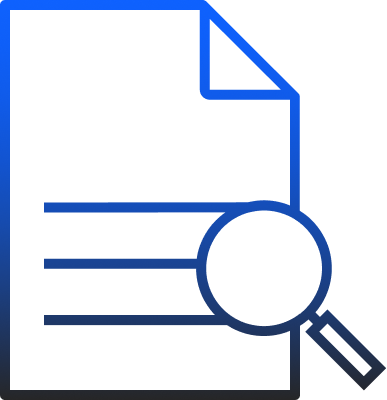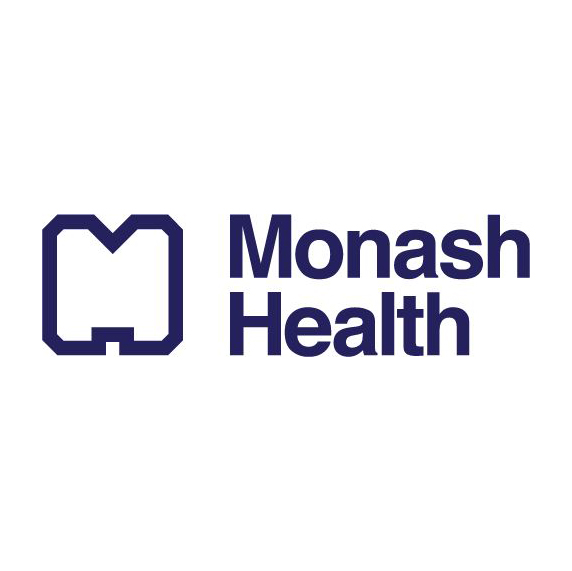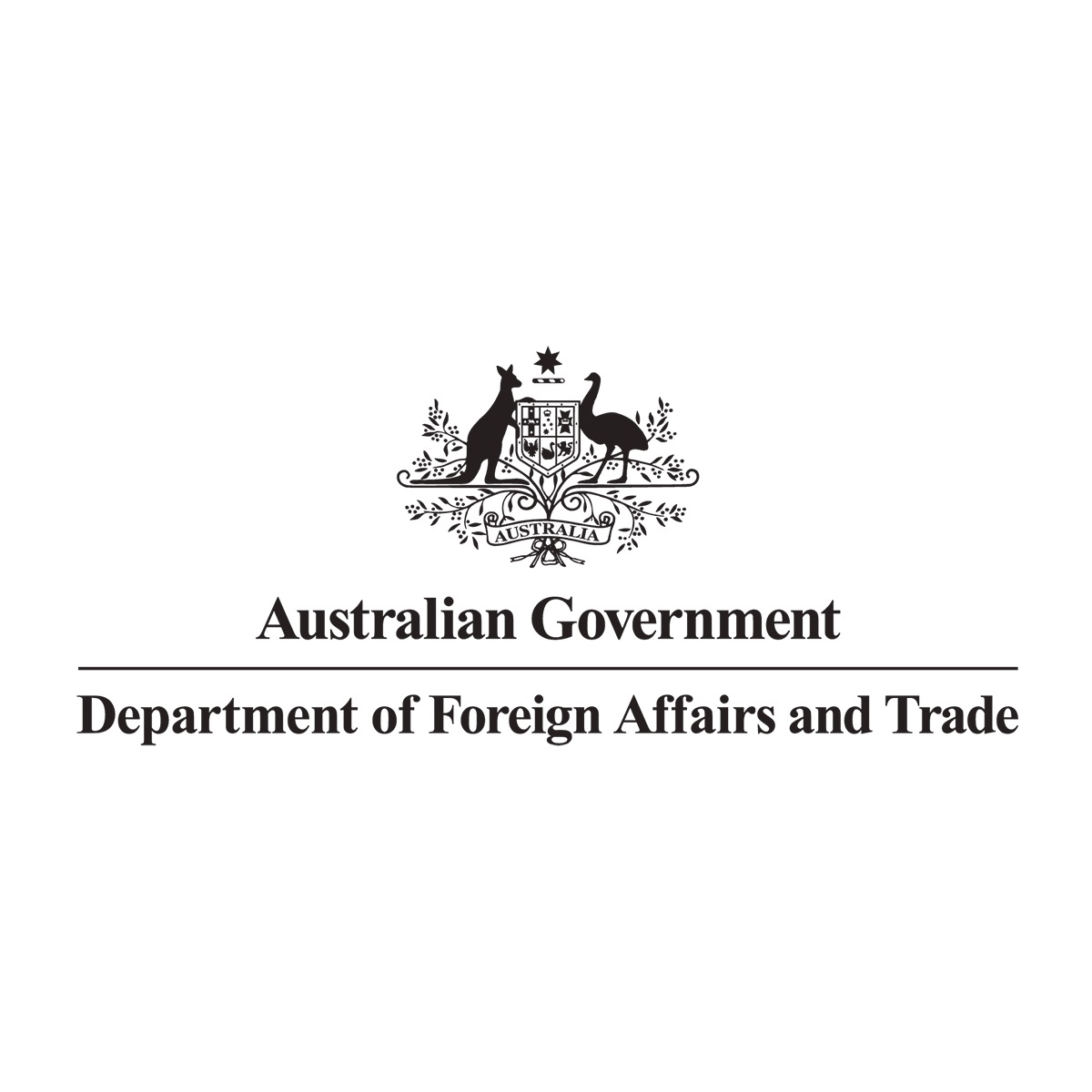Asset Data Capture Systems And Why Accurate Asset Data Is Important
At risk from an inaccurate asset register? Capturing asset data via our mobility solutions provides you with a verified, accurate asset register that will facilitate better asset accountability while ensuring that an organisation’s good governance and regulatory compliance objectives are met. Asset-intensive organisations should treat asset data as an asset in its own right.
The goal of asset data is not just to store it in an asset register, but to transform it into insightful information that can be used for strategic decision-making. Accurate Enterprise Asset Management (EAM) asset data helps organisations to understand their data, know where asset are, how asset are being used, and how asset data can provide value to the organisation. With accurate asset data organisations can leverage their information to gain a competitive edge, innovate, and drive growth.
Asset data capture systems collect the information you require to bring greater insight into asset performance.
Asset data capture applications enable organisations to make informed decisions that deliver on their asset management strategy and planning objectives. The ultimate aim is for asset-rich organisations to realise the following benefits:
- Delivery of a single point of truth
- Improved asset efficiency
- Improved lifecycle performance
- Reduced maintenance and down-time costs
- Compliance with regulations and accreditations
- Improved workplace health and safety
- Better sustainability performance
What Is Asset Audit Management?
Asset audit software is used to perform a check that the assets that physically reside within your organisation, are registered in your asset management system. It is a process of visiting a location, recording the items found, and reconciling that information with the data in your asset register. This procedure keeps your asset data up-to-date.
But auditing assets should not be a manual process (spreadsheet checklist) as this can incur human errors. Ideally this comprehensive procedure to verify the existence, condition, and location of assets should be carried out using a mobile auditing app. This approach results in more successful audits, less errors and detailed asset insights.
Benefits Of Asset Audit Management
Asset auditing is essential for strategic asset management and achieving high operational efficiency. Regular internal audits, following proper procedures and protocols, offer several benefits for a business, including:
- Find assets you never knew you had – immediate tax rebates
- Discover assets that are registered, but cannot locate (ghost assets)– immediate write-off
- Highlight assets that are redundant, no longer in use or ready for disposal
- Flag assets that are in poor or faulty condition and take pictures
- Highlight non-standard assets
- Discover assets that are past their lease expiry date or end of life dates
- Improved financial reporting
- Better resource allocation based on business needs, aiding strategic asset management
- Compliance with regulations, organisations especially in the government sector, must maintain assets in excellent condition
- Reduces the risk of penalties by adhering to regulatory standards
- Enhanced risk management, conducting physical audits uncovers anomalies, allowing businesses to address issues promptly and avoid operational risks
Asset Audit Software For Accountability And Compliance
Maintain accountability for a wide range of assets and equipment so you can be always certain about who has what and where with a complete audit trail of all movements, and history of transfer of custodianship. Periodic audits confirm location, assigned person, custodian, and condition. An audit outcome may be specified (e.g., audited, not found, unexpected along with follow-up actions (e.g., re-audit, move, repair).
- Create efficiencies within the workforce, updating records in the field via mobility solutions with Barcode, RFID scanning and ability to capture and record images.
- Asset audit software with offline functionality allows for continuation of work when connection is unavailable.
- Conduct quick scoped audits by location or asset class.
What If Assets Are Not Audited?
Lost Assets
A lost asset is an asset that has been lost, stolen or is no longer used but still appears on the organisation’s asset register (also referred to as ghost assets). Nearly every organisation has a problem with lost assets. The dangers of lost assets are:
- Inaccurate balance sheet, as fixed assets account for the bulk of an organisation’s investments a lost asset can directly influence the value of an organisation.
- Lost productivity, assets required for production or operations that are unusable or unable to be located.
- Added expenses, the organisation will continue to pay various taxes, insurances and even service contracts.
- Inaccurate capital expenditures.
Unregistered Assets
An unregistered asset is an asset that does not appear in your asset register but is active in the organisation. These assets have entered the organisation through a variety of manners and are typically seen when an organisation has merged or acquired another business, or through one-off purchases conducted outside the usual procurement channels. The dangers of unregistered assets are:
- Inaccurate balance sheet, an organisation that has an extensive amount of unregistered assets will be sorely undervalued.
- Work, Health and Safety (WHS) liability, through no risk assessments against assets, no maintenance/inspections history.
- Insurance coverage, if the assets don’t appear on the books they will not be covered under the organisation’s insurance policy.
- Financial implications, not claiming tax or depreciation.
- Inaccurate Return On Assets (ROA) ratio.
Misunderstood Assets
A misunderstood asset is an asset that the organisation is incorrectly managing either operationally or financially. Typical examples of this would be a leased asset on which a maintenance budget is assigned or an asset that is being depreciated against the wrong asset class. The dangers to the organisation are:
- Added expenses, whether it is through depreciation losses, operational costs or insurance levies, incorrect classification of assets places an unnecessary financial burden on the organisation. This may lead to legal implications, if an organisation disposes of a leased asset assuming that they owned it. This will lead them to be liable for the replacement.
- Unwittingly forced into lease rollover, as assets cannot be identified at the time of lease contract maturity the organisation is forced to extend the lease.
Unutilised Assets
Assets that are not being used by the organisation but are still being depreciated. These assets can have numerous negative financial implications for the business and should be disposed of as soon as possible. Some of the implications of these assets are:
- Added expenses, the organisation will continue to pay various taxes, insurances and even service contracts.
- Loss of potential income through the sale of an asset or immediate tax write-off.
- Drag down Return On Assets (ROA) ratio.
A verified, accurate asset register will facilitate better asset accountability while ensuring that an organisation’s good governance and regulatory compliance objectives are met. Asset audit management can also discover assets that the organisation is incorrectly managing, either operationally or financially, as well as other assets that weren’t being used but were still being depreciated on the books. Hardcat’s software solutions and auditing application is the product of years of real-world auditing experience, delivering the right tools to allow you to conduct consistent, accurate and efficient audits that collect and verify asset data across your enterprise.










